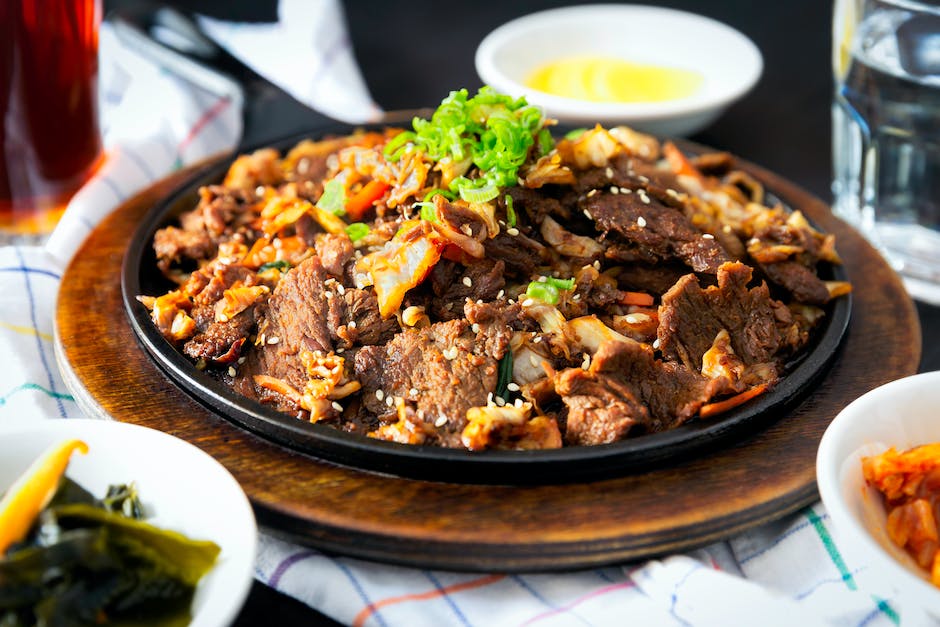한글을 영어로 번역하는 방법은 다양하지만, 주로 인공신경망 기반의 번역 모델을 사용합니다. 번역 모델은 코퍼스를 학습하여 문장 단위로 번역을 수행하며, 문맥을 파악하여 보다 자연스러운 번역을 제공합니다. 이를 위해 일반적으로 seq2seq 모델이나 transformer 모델과 같은 인코더-디코더 아키텍처를 사용합니다. 번역 모델은 훈련 데이터의 양과 질, 모델의 복잡성, 하드웨어 자원 등에 따라 성능이 달라질 수 있습니다. 따라서 효과적인 번역 모델을 구축하기 위해서는 다양한 요소를 고려하여 실험하고 튜닝해야 합니다. 아래 글에서 자세하게 알아봅시다.
Introduction
Translation from Korean to English is a complex task that often requires the use of artificial neural network models. These models are trained on large corpora to perform sentence-level translation and aim to provide more natural and context-aware translations. Typically, encoder-decoder architectures such as seq2seq or transformer models are used for this purpose. The performance of a translation model can vary depending on factors such as the quantity and quality of training data, model complexity, and available hardware resources. Therefore, building an effective translation model requires experimenting and tuning various elements. In the following sections, we will explore the methods and considerations involved in translating Korean to English.
Data Collection and Preparation
The first step in building a translation model is to collect and prepare the training data. In the case of Korean to English translation, a parallel corpus containing pairs of Korean sentences and their English translations is required. This data can be obtained from various sources such as books, articles, or online platforms. It is important to ensure the quality and relevance of the data by manually reviewing and validating the translations. Additionally, preprocessing techniques such as tokenization, lowercasing, and removing special characters may be applied to the data to facilitate the training process.
Model Architecture Selection
The choice of model architecture plays a crucial role in the performance of the translation model. As mentioned earlier, encoder-decoder architectures such as seq2seq or transformer models are commonly used. Seq2seq models consist of an encoder that processes the input sentence and a decoder that generates the translated sentence. Transformer models, on the other hand, are based on a self-attention mechanism and have been shown to be effective in capturing long-range dependencies in language. The selection of the model architecture should consider factors such as the complexity of the translation task, available computational resources, and desired translation quality.
Training and Optimization
Once the data and model architecture are ready, the next step is to train the translation model. This involves feeding the parallel corpus into the model and iteratively adjusting the model’s parameters to minimize the translation error. The training process typically involves techniques such as gradient descent and backpropagation. Optimization techniques such as learning rate scheduling, early stopping, or regularization may also be applied to improve the model’s performance and prevent overfitting. Training a translation model can be computationally intensive and may require specialized hardware such as GPUs or TPUs.
Evaluation and Fine-tuning
After training the model, it is crucial to evaluate its performance to assess its quality and identify areas for improvement. Evaluation metrics such as BLEU (Bilingual Evaluation Understudy) or METEOR (Metric for Evaluation of Translation with Explicit ORdering) can be used to measure the similarity between the generated translations and the reference translations. Based on the evaluation results, the model can be fine-tuned by adjusting its hyperparameters, increasing the training data, or introducing additional regularization techniques. Fine-tuning allows for an iterative improvement of the translation model.

한글 을 영어로 번역
Challenges and Considerations
Translating from Korean to English poses several challenges due to the structural and grammatical differences between the two languages. Korean sentences often have a subject-object-verb (SOV) word order, while English sentences typically follow a subject-verb-object (SVO) word order. This difference in word order can impact the syntactic structure and require the translation model to handle sentence reordering effectively. Additionally, Korean has a complex honorific system that requires the translator to consider the social context and appropriate levels of politeness. The translation model should be trained on a diverse dataset that covers various linguistic patterns and registers to ensure accurate and context-aware translations.
Domain Adaptation
Another consideration in Korean to English translation is domain adaptation. The performance of a translation model can vary depending on the domain of the training data. For example, a model trained on news articles may not perform well on medical texts. In such cases, domain-specific training data or transfer learning techniques can be used to improve the model’s performance in specific domains. It is important to carefully consider the target domain and collect appropriate training data to ensure the desired translation quality.
Quality Control and Post-editing
Despite the advancements in machine translation technology, the output of translation models may still contain errors or inaccuracies. Therefore, it is essential to have a quality control process in place to identify and correct any mistakes. This can involve human post-editing, where a professional translator reviews and edits the machine-generated translation to ensure accuracy and fluency. Post-editing can significantly improve the quality of the translated output and is commonly used in professional translation workflows.
Continual Learning and Adaptation
Language is constantly evolving, and new words, phrases, or cultural references may emerge over time. Therefore, it is important to continuously update and adapt the translation model to incorporate these changes. This can be achieved through continual learning, where the model is periodically retrained on the latest data to stay up-to-date with the language. Additionally, feedback from users or domain experts can be valuable in identifying areas for improvement and guiding the model’s adaptation process.
마치며
번역은 한국어에서 영어로 변환하는 것으로 복잡한 작업입니다. 이를 위해서는 인공 신경망 모델을 사용하는 것이 일반적입니다. 이러한 모델은 대용량 말뭉치를 학습하여 문장 수준의 번역을 수행하고 더 자연스럽고 문맥에 맞는 번역을 제공합니다. 번역 모델의 성능은 훈련 데이터의 양과 질, 모델 복잡성 및 사용 가능한 하드웨어 리소스와 같은 요소에 따라 다를 수 있습니다. 따라서 효과적인 번역 모델을 구축하기 위해서는 다양한 요소를 실험하고 조정하는 것이 필요합니다. 다음 섹션에서는 한국어에서 영어로 번역하는 데 관련된 방법과 고려 사항을 탐색해 보겠습니다.
추가로 알면 도움되는 정보
- 모델 성능을 향상시키기 위해 병렬 말뭉치 데이터의 품질과 다양성을 고려해야 합니다.
- 모델 아키텍처 선택은 번역 모델의 성능에 큰 영향을 미칩니다. Seq2seq 또는 Transformer 모델과 같은 인코더-디코더 구조가 일반적으로 사용됩니다.
- 학습 및 최적화 단계에서 일반적인 기법과 최신 기법을 사용하여 번역 모델의 성능을 향상시킬 수 있습니다.
- 번역 결과의 품질을 평가하고 모델을 세밀하게 조정할 수 있는 평가 및 세부 조정 단계는 매우 중요합니다.
- 한국어에서 영어로의 번역에는 언어적 차이와 문법적 차이로 인한 여러 가지 도전 과제가 있습니다. 이러한 도전 과제에 대한 대응 방안을 고려해야 합니다.
놓칠 수 있는 내용 정리
번역에는 여러 가지 도전 과제가 있습니다. 이들 도전 과제를 고려하고 적절한 전처리, 모델 선택, 학습 및 세부 조정 기술을 적용하여 번역 모델의 품질을 향상시킬 수 있습니다. 또한 도메인 적응, 품질 관리 및 사후 편집, 지속적인 학습 및 적응과 같은 추가 고려 사항을 고려하여 번역 모델을 유지 보수하고 발전시킬 수 있습니다. 영어로의 번역은 언어 간의 차이와 문화적인 차이를 고려해야 하기 때문에 지속적인 연구와 개선 작업이 필요합니다.

